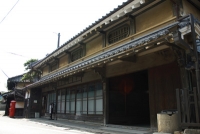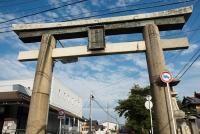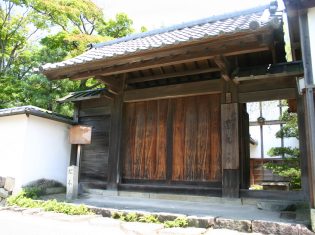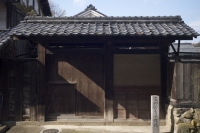
Culture & History
Nakasendo Way Toriimoto-juku
Toriimoto-juku was the sixy-third of sixty-nine way stations (including Kusatsu and Otsu along the old Tokaido Road) along the Nakasendo Way, an old trade route from Edo (present-day Tokyo). In the year 1602, shogun Tokugawa Ieyasu was constructing the Nakasendo route, and ordered that a post station be temporarily establishment at Ono-juku Station. However, when construction on Hikone Castle was completed thereafter, the Nakasendo was redirected from it's original route along the Waki-Kaido Road, and its next post station was moved to Toriimoto.
According to records in the Tenpo Era's (1830-1844) Post Town Master Guidebook, Toriimoto-juku spanned a length of 1.4 km, from the border of Ono Village to Shimoyagura Village. With one "honjin" inn for government officials, two "wakihonjin" inns for other wealthy or ranking guests, a "tonya" for traders, Toriimoto-juku had a gross population of 1,448 people and 293 households; amongst them 35 taverns of various sizes.
Toriimoto-juku is said to be famous for three reds: the red of locally-made "Shinkyogan" pills, the red of paper capes, and the red of watermelons.
- Address
- Torimoto-cho, Hikone City, Shiga Prefecture 522-0004




